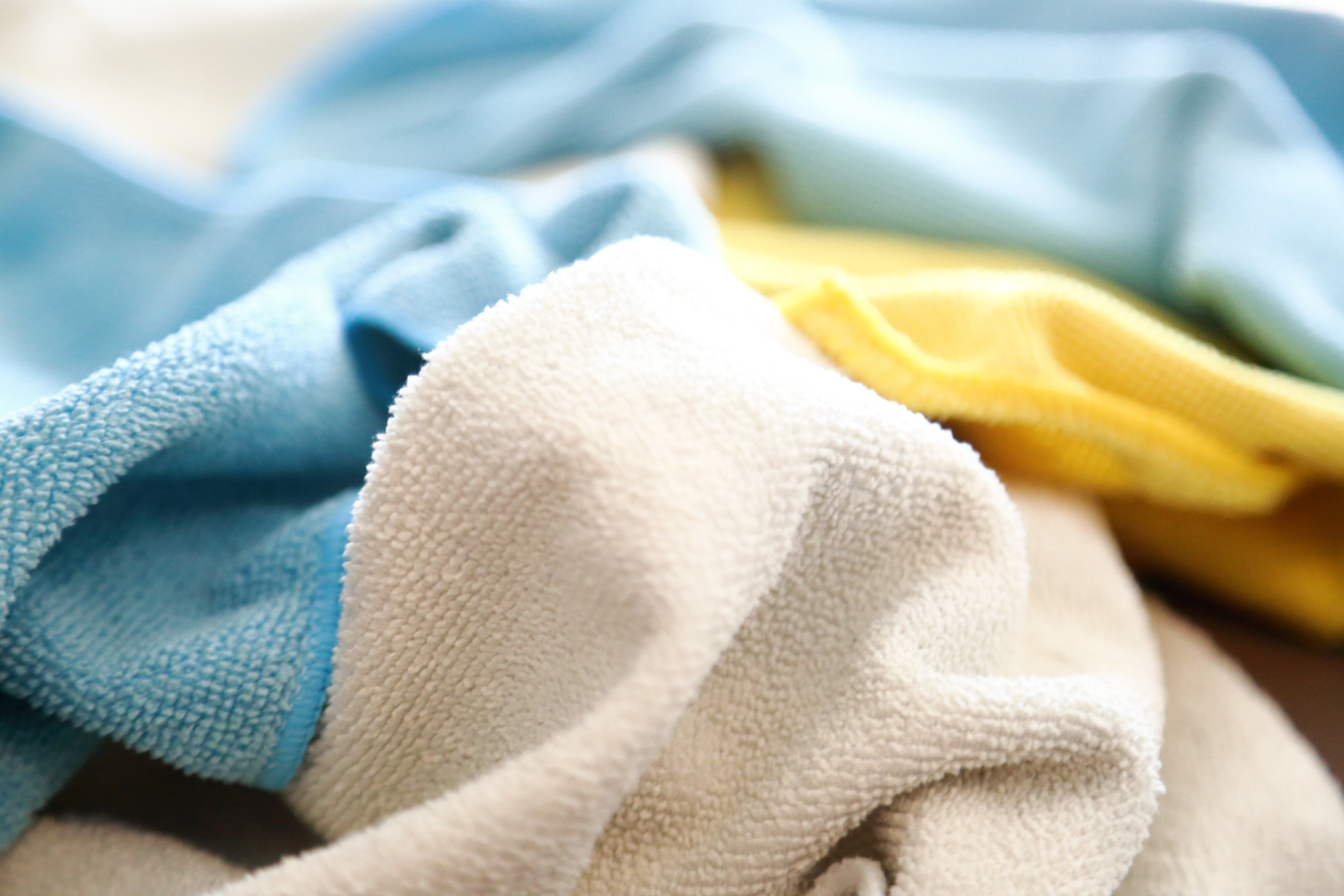It’s a well-known fact that sponges are a breeding ground for bacteria. The only place you can find a comparable number of bacteria is inside your intestines! That’s nothing to panic about — your intestinal tract is a safe, functional place. Ignore the fear-mongering headlines for a second and get the facts: it’s unlikely that these bacteria will harm you.
Still… sponges are kind of gross. And that’s not an opinion — it’s a fact. The reason is simple: they never dry. (Not completely, anyway.) This makes sponges (almost) impossible to clean. It really depends on your personal definition of “clean”—but we don’t recommend only half-heartedly cleaning the dishes you put your food on every day. You should worry when you contaminate your sponges with dangerous bacteria like E. coli and campylobacter, or when you fail to properly disinfect your cleaning tools after contact with raw meat.
Putting your sponge for a spin in the microwave, as many people do, doesn’t work as well as you’ve been told. Actually, most of the recommended sponge cleaning methods aren’t terribly effective. So, what’s your best bet for keeping sponges sanitary? Toss them regularly, or don’t use them at all. As it turns out, there are better, more sanitary alternatives — ones that’ll ensure you’re not spreading infections. Ones that’ll help you sleep better at night.
Microfiber cloths
Microfiber is a reliable alternative thanks to its absorption power. It can pick up wet substances just as well as it collects dirt and dust.
This versatility means that microfiber cloths are useful in more than just the kitchen — they’re adept at dusting furniture and window blinds, as well as scrubbing grimy surfaces in the bathroom.
Another benefit is how much money they save you with reduced cleaning product consumption. You can use microfiber cloths when they’re dry or damp — you can preserve the dry ones for a long, long time. The damp and stained cloths just need a trip to the washing machine.
Silicone scrubbers
![]()
These brushes might look like children’s toys to you at first glance. You’ll be surprised at how effective they can be.
Not only are they powerhouses for removing hardened food residue, but they also prove easy to clean — easier than your fine-tooth combs, in fact. The sleek bristles on these brushes prevent bacteria from building up in hard-to-clean crevices, so a quick cycle in the dishwasher or under hot water will do the job.
Of course, the design of the silicone brush means that dish detergent can slide off these brushes pretty easily, so they’re better to use for pots or other dishes that will catch fallen soap.
Paper towels
Paired with detergent, paper towels are just as effective at eliminating bacteria as cloths and sponges.
The downside: they’re a one-and-done solution. While this quality makes them very hygienic, paper towels can be wasteful if you overuse them.
Save them for wiping countertops after cooking and use them sparingly when you do. This is the safest option for wiping down surfaces that have had contact with raw meat.
Reusable cloths
Reusable cloths remain the smartest option for cleaning in the kitchen. They’re easy to clean and disinfect, and they don’t absorb bacteria like sponges do. Keep one or two beside the sink to quickly mop up messes in that area.
To keep the cloth clean, squeeze some dish soap on it, scrub, and rinse. It’s something you can replace weekly or every few days, as long as you don’t contaminate it with raw meat. Always, always use a separate cloth or paper towel for that.
The only house cleaning solution better than any of these tools is a dedicated cleaning technician. Ever had your house looked at by a professional? It’s never too late to try.
Next: 6 Brilliant Apartment Cleaning Hacks to Make Your Space Feel Bigger
